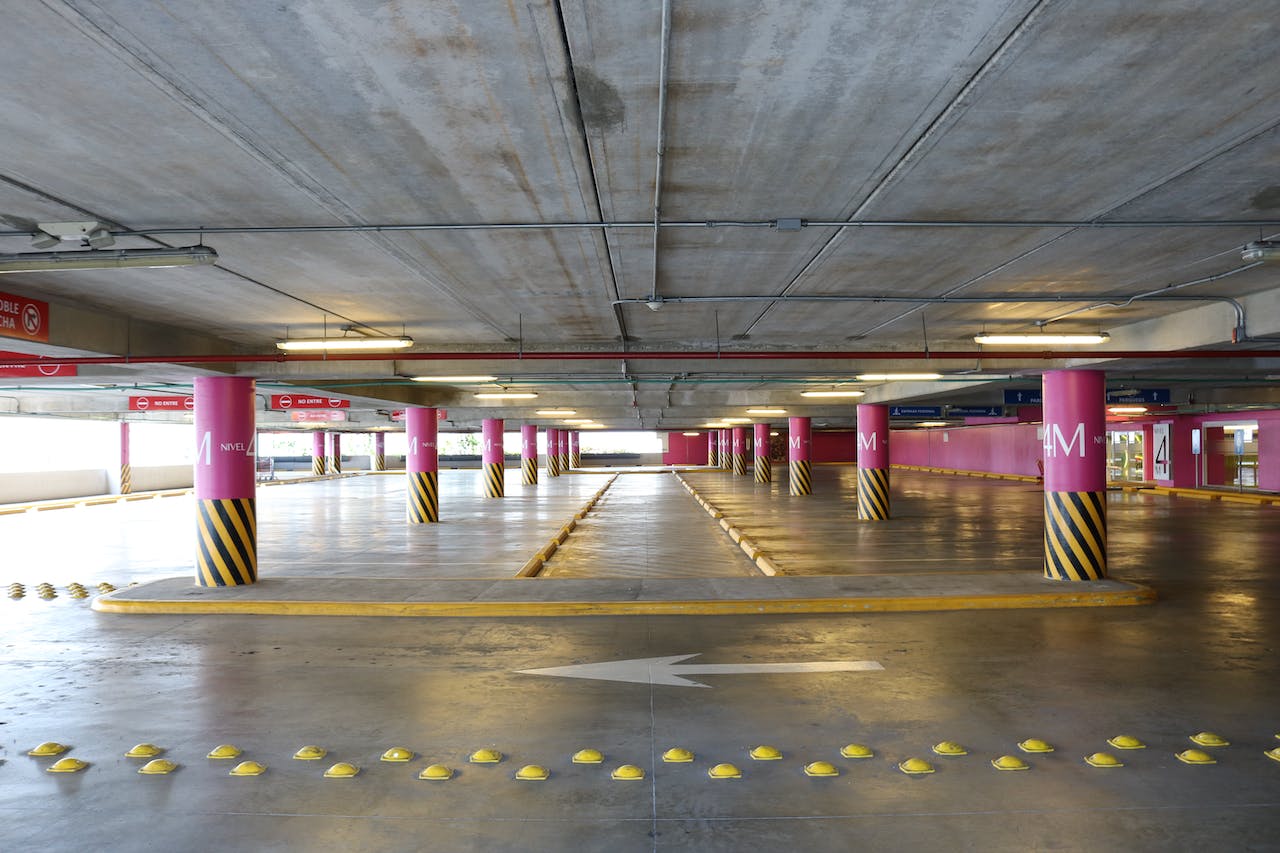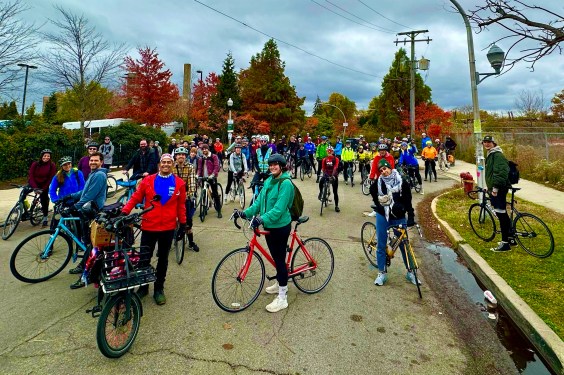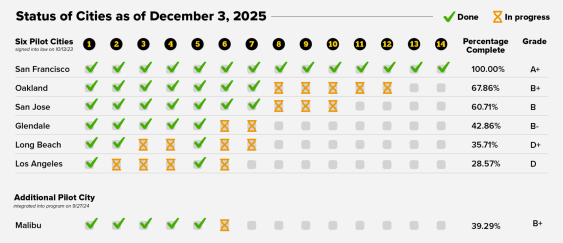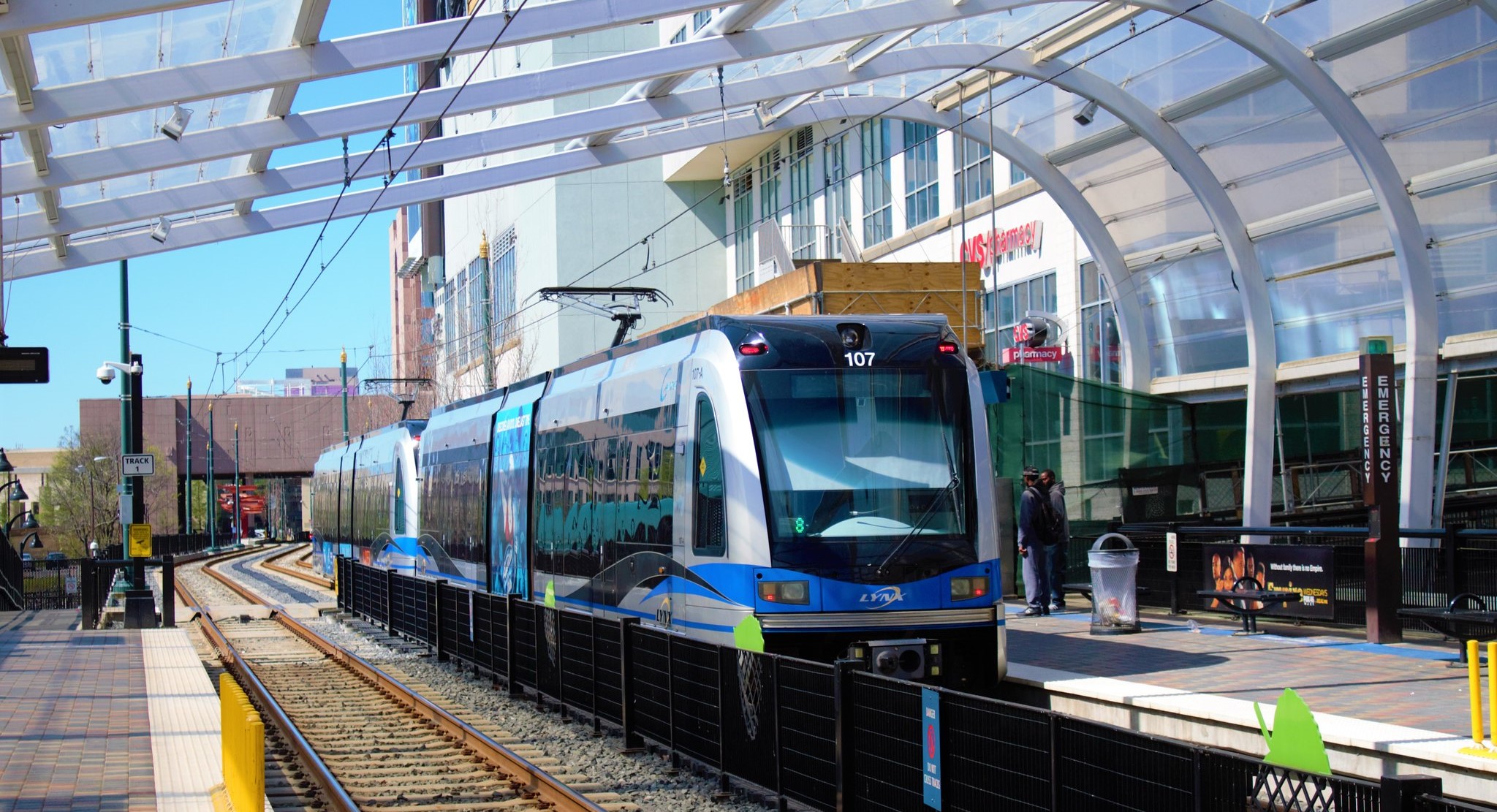It's hard to make the case for public spending on biking and walking without hard data. And quality data has been hard to come by. The Rails-to-Trails Conservancy is looking to change that. The group has taken on a new project to rigorously measure walking and biking on various corridors, providing baseline data that can help make the case for active transportation projects.
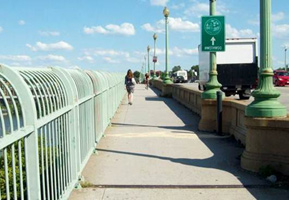
Existing measurements of how much people walk and bike have frustrating limitations. The Census recently released a trove of data on biking and walking, but the Census only attempts to measure commute trips and it doesn't track specific routes. Strava, which makes an app for people to track their mileage, recently published maps of where its users are running and biking, but it doesn't capture a representative slice of the population.
Now the Rails-to-Trails Conservancy is getting serious about collecting detailed information about how people use urban walking and biking trails. With a new project they say “may forever change how non-motorized transportation facilities are prioritized in American cities,” RTC is working with 12 cities to monitor their trails for one year. Combined with other datasets, the information on trail use will help calculate the benefits of proposed investments in walking and biking infrastructure. The program, which RTC is calling the Trail Modeling and Assessment Platform (T-MAP), is headed by an international trio of researchers.
The 12 cities -- located in all nine of the country’s climatic zones -- are: Albuquerque, Arlington, Billings, Colorado Springs, Fort Worth, Indianapolis, Miami, Minneapolis, New Orleans, Portland (Maine), San Diego, and Seattle.
“This is the kind of forecasting tool that has been used in roads planning for decades,” said Tracy Hadden Loh, RTC’s director of research and the chief architect of T-MAP. “That’s why we’ve come to see roads projects as ‘needs’ -- because we can firmly calculate their impact. Decision-makers give credence to quantitative methods for prioritizing transportation investments. T-MAP will provide that rigorous, quantitative evidence of the impact of trails projects.”
The program will be placing high-tech counters to measure walking and biking on 43 trails in the 12 cities. Passive infrared sensors inside a post detect body heat as people pass by, and inductive loops embedded in the trail detect the metal of the bicycle. By subtracting the total number of bikes from the total number of detections by the infrared sensor, the number of pedestrians can be determined. Loh says this technology is considered the “gold standard” for automated detection of cyclists and pedestrians.
The metal inductive loop is “pretty tightly calibrated to bicycles,” said Loh, “so parents with strollers, rollerbladers, and skateboarders are usually detected as pedestrians.” That means carbon-fiber bicycles -- and bamboo bicycles -- get tallied as pedestrians too. “Fortunately, that’s not a big number of cyclists,” she said.
Counters don't answer the question of trip purpose, but RTC has that covered. Next summer, the group will be doing the first-ever national trail intercept survey to find out whether people are using a given trail for recreation or transportation. As U.S. DOT’s Jack Wells told cyclists this spring, that information matters if you’re trying to get transportation funds for bike-ped projects.
While RTC tracks users of existing facilities, it will make the case for future ones, too -- not just in the 12 cities but around the country.
“We’re looking to get a pretty full spectrum of urban trail use,” Loh said. “Once we have that, there’s lots of other data we can observe about these trails that we’re doing the traffic monitoring on. We can observe these mature existing facilities, we can observe their conditions, their pavement type, the neighborhoods, the adjacent population density, the adjacent land uses -- we can learn a lot about these trails. By combining all these trail characteristics and trail neighborhood characteristics with the observed volume data, we plan to build a predictive model that can be used to forecast trail use on hypothetical trail segments that don’t exist yet. That’s a year one deliverable of this project.”
Loh says they’re hoping to gather enough data, applicable around the country, to design models that other cities can adopt without collecting as much information.

